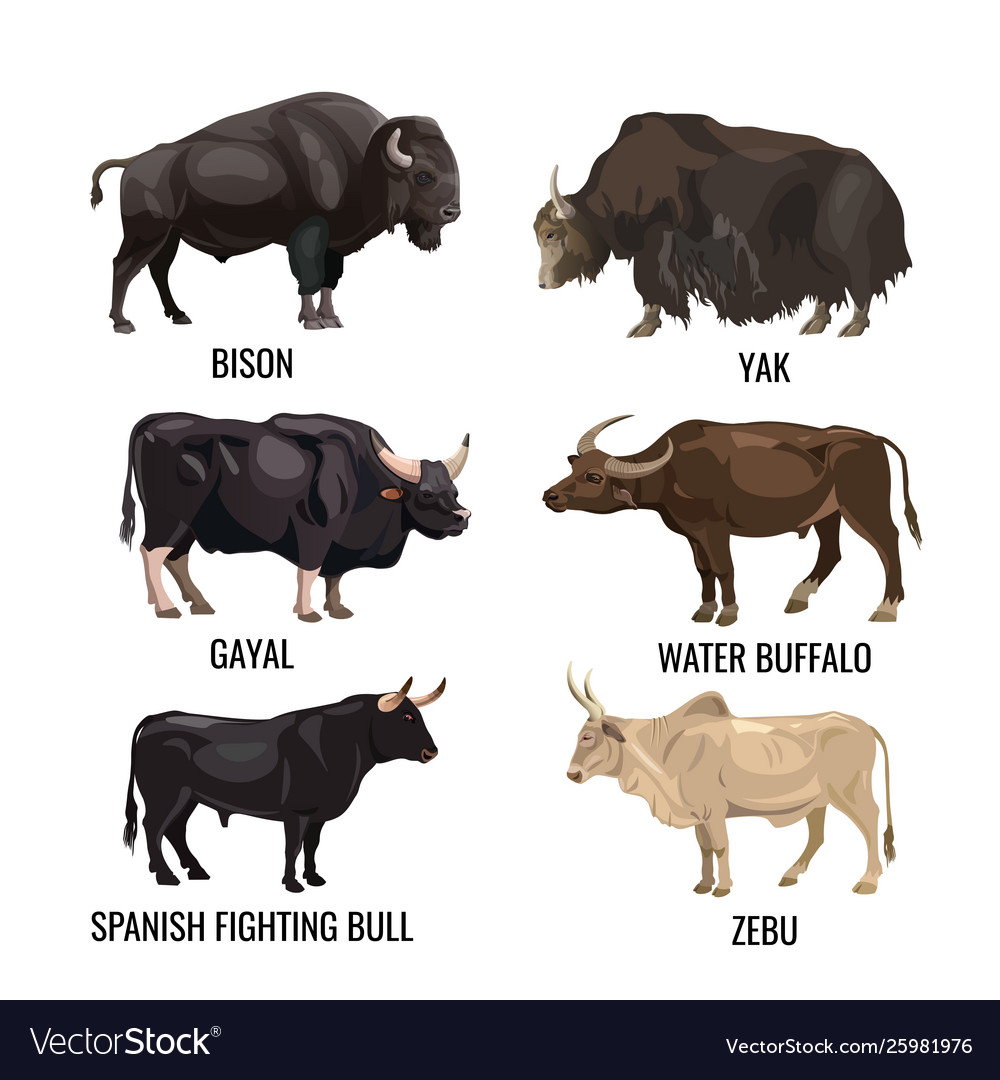Have you ever stopped to wonder about the differences between buffalo, bison, and yaks? It’s easy to get them mixed up, as they share a distinct, imposing look, with shaggy coats and powerful horns. But while they may bear a resemblance, these three bovines are distinct species with unique origins, characteristics, and even temperaments. So, let’s embark on a journey to unravel the mysteries of the buffalo vs. bison vs. yak debate, and clear up any lingering confusion.

Image: mungfali.com
The distinction between these animals is vital for understanding their importance in different ecosystems, cultures, and the conservation efforts that surround them. Today, they play a role in everything from meat production and milk to tourism, cultural traditions, and the preservation of fragile environments. This exploration goes beyond a mere classification exercise – it delves into the fascinating world of these complex animals and their multifaceted roles in our world.
The American Bison: King of the Plains
Let’s start with the American bison, a prominent figure in American history and wilderness. The name “bison” is often used interchangeably with “buffalo,” leading to some confusion. The term “buffalo,” however, originally referred to the African water buffalo and is now a more general term often used for large, robust bovines. To avoid confusion, we’ll stick with the term “bison” when discussing the North American species.
Bison are iconic symbols of the American West, once roaming in vast herds across the Great Plains. They are massive creatures, with males reaching up to 2,000 pounds and sporting impressive, shaggy coats that help them survive harsh winters. The bison’s hump, a prominent feature on its back, carries heavy muscle mass used for digging and pushing. Their horns, while formidable, are primarily used for display and sparring with other males during mating season.
From the time of European settlement, bison populations plummeted due to overhunting and habitat destruction, reaching a critical low point in the late 19th century. Thanks to conservation efforts, they are now listed as a species of “least concern”, though they continue to face threats from habitat loss and disease.
The African Buffalo: A Fierce and Social Beast
Now, let’s shift our attention to the African buffalo, a truly remarkable creature. While often referred to as “Cape buffalo” in English, this moniker can be misleading – there exist various African buffalo subspecies found in regions from Southern and East Africa to Central and West Africa.
Unlike their North American counterparts, African buffalo are known for their aggressive nature and their ability to defend themselves valiantly against predators. Their massive horns – often described as lyre-shaped – are formidable weapons, and they frequently charge in unison to protect vulnerable members of their herd. They are known for their strong social bonds, forming large herds that can number in the hundreds.
African buffalo are essential to the balance of African ecosystems, playing a key role in seed dispersal and grazing. They are also a vital food source for predators like lions and leopards. However, their populations face threats from habitat loss, disease, and human encroachment.
The Yak: High-Altitude Master
Now, let’s journey to the high plateaus of Asia to meet the yak, a unique and resilient bovine species. Yaks are adapted to the harsh environments of the Himalayas, Tibetan Plateau, and other high-altitude regions. They are remarkably adapted for survival in these environments, with thick coats, strong hooves for navigating rocky terrain, and special lung adaptations to cope with low oxygen levels.
Yaks serve many purposes in the cultures of the Himalayan region. They are a key source of milk, meat, wool, and even manure for fuel. In some communities, yaks are even used as beasts of burden for transportation and agriculture. Their ability to thrive in challenging environments makes conservation crucial in ensuring the livelihood of these communities and the preservation of cultural traditions.

Image: www.pinterest.com
Key Differences: A Comparison
Here’s a table summarizing the key differences between these three bovines, highlighting some of their defining characteristics:
| Feature | American Bison | African Buffalo | Yak |
|---|---|---|---|
| Habitat | North American Plains | Sub-Saharan Africa | High Altitudes of Asia |
| Size | Massive, 2,000 lbs (average) | Large, 1,500 lbs (average) | Smaller, 1,100 lbs (average) |
| Appearance | Shaggy, dark brown coat | Shiny, black coat | Long, woolly coat with prominent hump |
| Horn Shape | Semi-curved and pointed | Lyre-shaped, spread out | Long, slightly curved |
| Temperament | Generally calm | Aggressive and defensive | Gentle but can be unpredictable |
| Social Structure | Large herds | Large herds | Small family groups |
| Domestication | Yes | Yes | Yes |
Buffalo Vs Bison Vs Yak
Conclusion: Celebrating Diversity
The differences between buffalo, bison, and yak underscore the extraordinary diversity of the natural world. Whether it’s the majestic bison of the North American plains, the fierce African buffalo, or the mountain-dwelling yak, each species has a unique tale to tell. Understanding their distinctions allows us to appreciate their individual roles in the ecosystems they inhabit and the cultural significance they hold for various communities.
As we move forward, it’s vital to support conservation efforts that protect these magnificent creatures, ensuring that they can continue to thrive for generations to come. Next time you encounter a buffalo, bison, or yak – take a moment to admire their unique beauty and remember the fascinating stories these impressive animals have to share.






